

Sign Up
What is best time for the call?
Oops! Something went wrong while submitting the form.
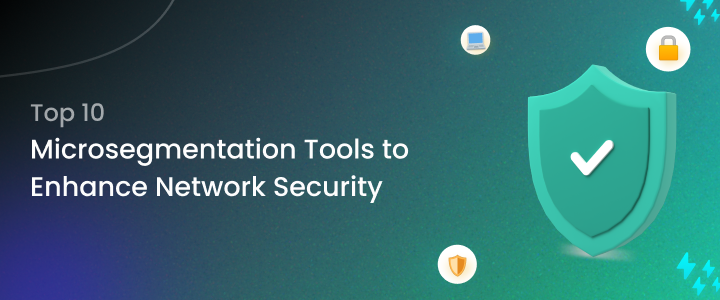
Traditional perimeter-based security models are no longer sufficient in today’s complex, hybrid IT landscape. With the rapid growth of cloud-native applications, containerized workloads, and remote workforces, attackers can easily move laterally once inside a network. That’s where microsegmentation comes in, a security strategy designed to isolate workloads, reduce the attack surface, and enforce Zero-Trust principles from the inside out.
Unlike traditional segmentation methods such as VLANs or firewalls operating at broader network levels, microsegmentation enables granular control over east-west traffic and data movement between servers, containers, or applications inside a network. Whether it’s a compromised credential or an unpatched server, microsegmentation helps contain the threat by enforcing least-privilege access policies and isolating sensitive assets.
The growing emphasis on Zero Trust Network Architecture (ZTNA), compliance with frameworks like NIST 800-207, HIPAA, and PCI-DSS, and the need for real-time policy enforcement drive enterprises to adopt microsegmentation as a core part of their security posture.
This guide compares the top 10 microsegmentation tools in 2025 that enable security leaders to:
Microsegmentation divides a network into granular, isolated zones to minimize the risk of lateral movement by cyber attackers. Unlike macrosegmentation, which segments at the VLAN or subnet level, microsegmentation enforces security policies at the workload, user, or process level.
Here’s how it differs from traditional methods:
Why It’s Crucial in Zero Trust?
Microsegmentation is foundational to Zero Trust Security. In a Zero-Trust model, no user or device is inherently trusted, even inside the network. Microsegmentation aligns with this philosophy by ensuring:
Real-World Use Cases
When evaluating microsegmentation platforms, look for the following must-have features:
Application Dependency Mapping
Understand communication patterns between services, VMs, and containers to design effective policies.
Policy Orchestration & Automation
Create and enforce segmentation policies using automation and behavioral intelligence.
Real-Time Policy Enforcement
Instantly apply and enforce security controls without requiring reboots or downtime.
East-West Traffic Visibility
Complete inspection and logging of lateral traffic flows between internal assets.
Container & Cloud-Native Support
Work seamlessly across Kubernetes, AWS, Azure, GCP, and hybrid environments.
RBAC & Identity Integration
Control access based on roles, identity providers (IdPs), and user context.
SIEM, IAM & Firewall Integration
Ensure policies can be coordinated with your broader SOC and IAM infrastructure.
1. Illumio Core
Overview: Illumio pioneered microsegmentation and offers visibility and enforcement without agents in the network fabric.
Pros:
Cons:
User Ratings:
Screenshot:
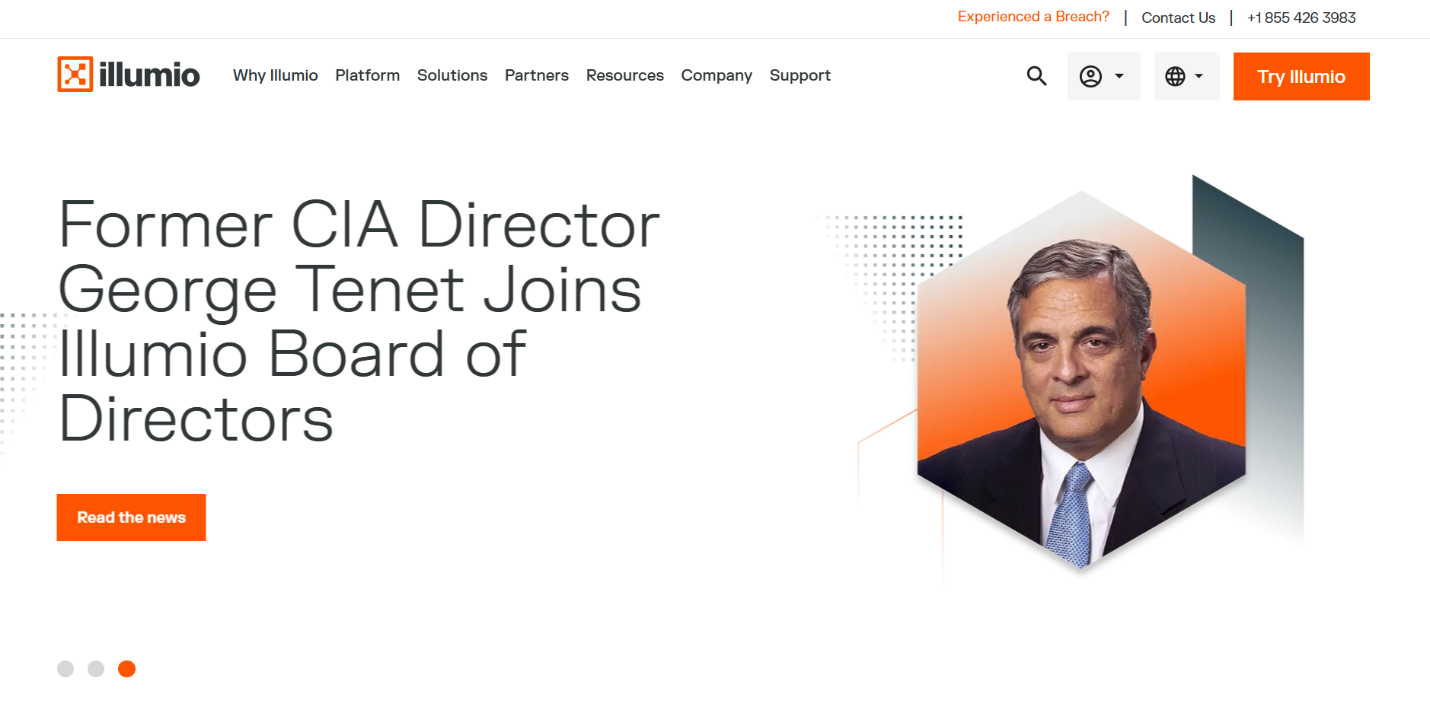
2. Cisco Secure Workload (Tetration)
Overview: Cisco’s Secure Workload provides workload protection and segmentation using telemetry from data centers and cloud platforms.
Pros:
Cons:
User Ratings:
Screenshot:
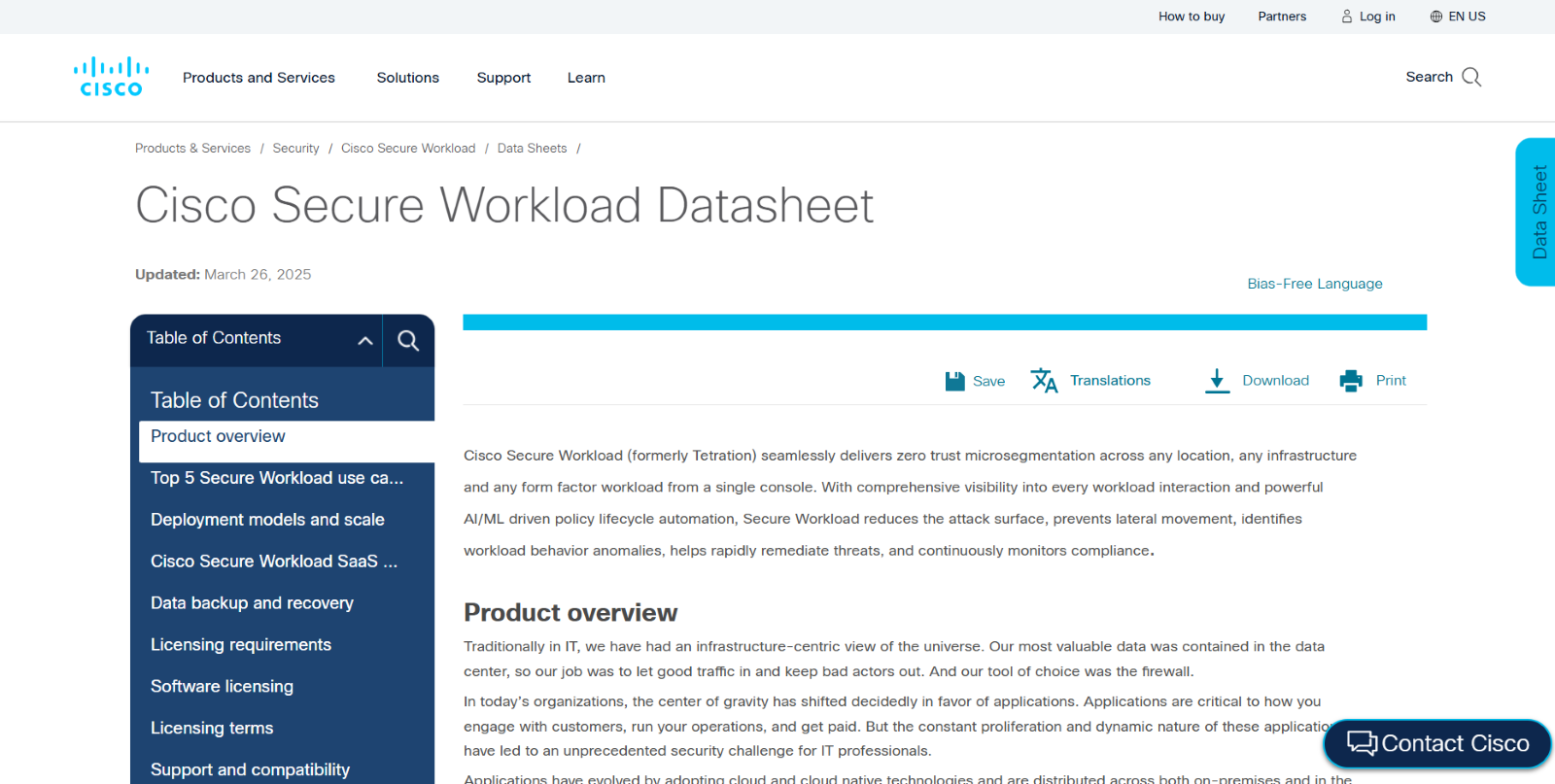
3. VMware NSX
Overview: VMware NSX delivers segmentation at the hypervisor level and integrates well with vSphere environments.
Pros:
Cons:
User Ratings:
Screenshot:
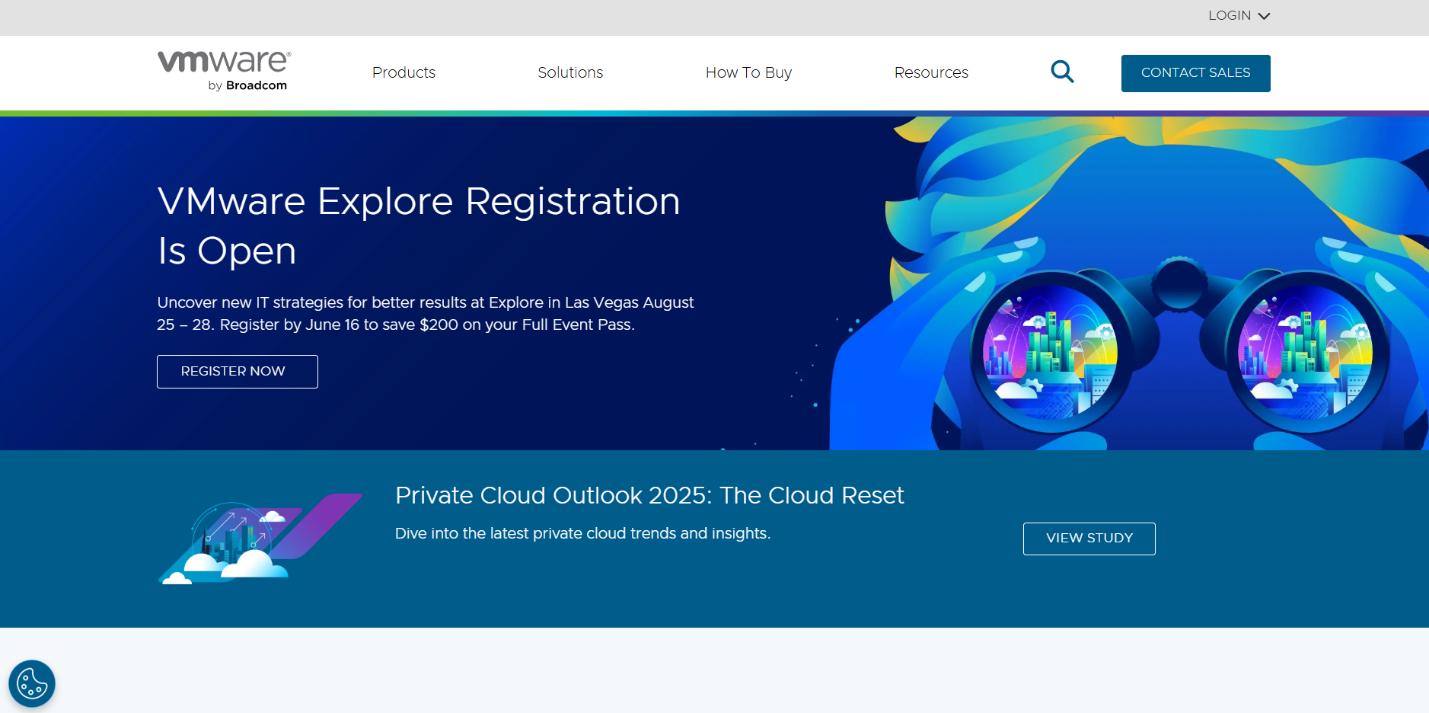
4. Akamai Guardicore Segmentation
Overview: Formerly Guardicore, this solution (now part of Akamai) provides flexible segmentation across diverse environments.
Pros:
Cons:
User Ratings:
Screenshot:
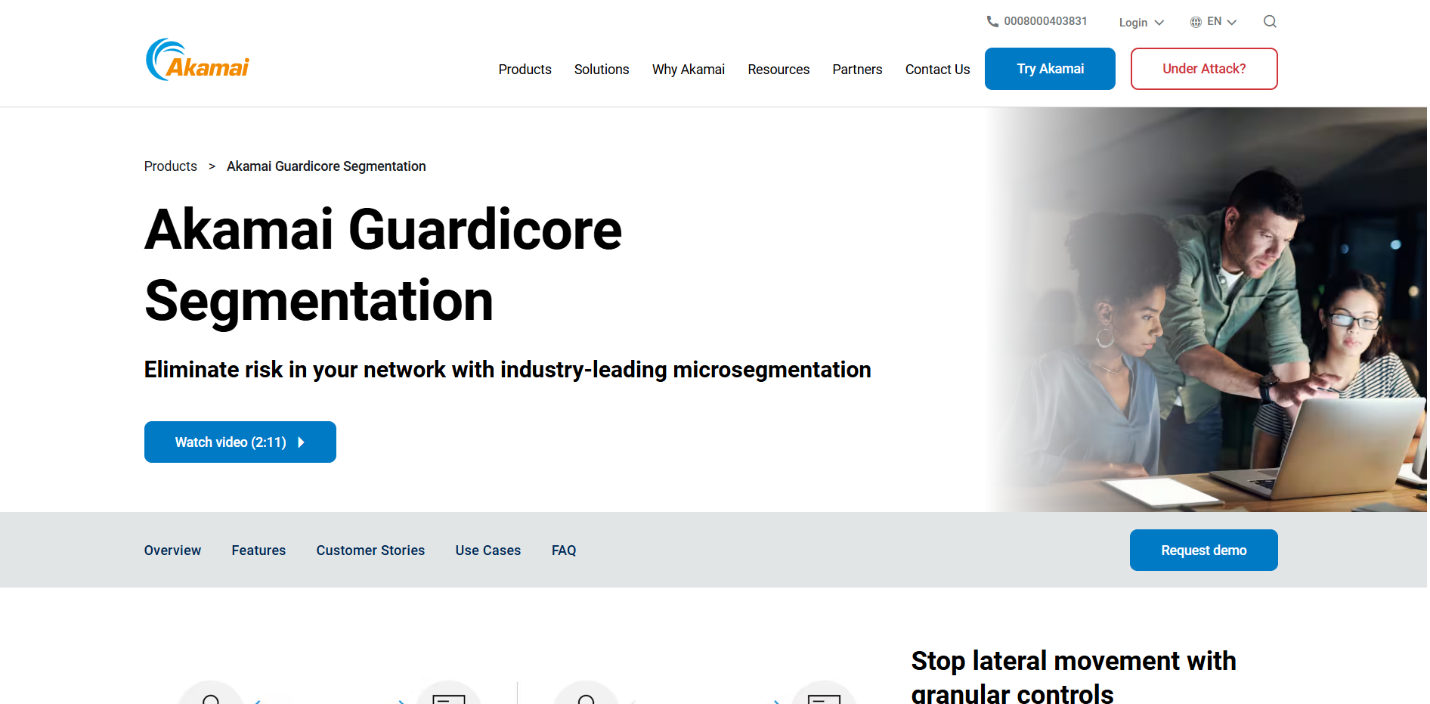
5. ColorTokens Xtended ZeroTrust™
Overview: ColorTokens offers agentless microsegmentation with compliance-grade reporting and behavioral analytics.
Pros:
Cons:
User Ratings:
Screenshot:

6. Palo Alto Networks Prisma Cloud
Overview: Prisma Cloud brings microsegmentation capabilities into its CNAPP offering with cloud-native coverage.
Pros:
Cons:
User Ratings:
Screenshot:

7. Check Point CloudGuard
Overview: CloudGuard enables network-level segmentation and advanced threat prevention across cloud workloads.
Pros:
Cons:
User Ratings:
Screenshot:
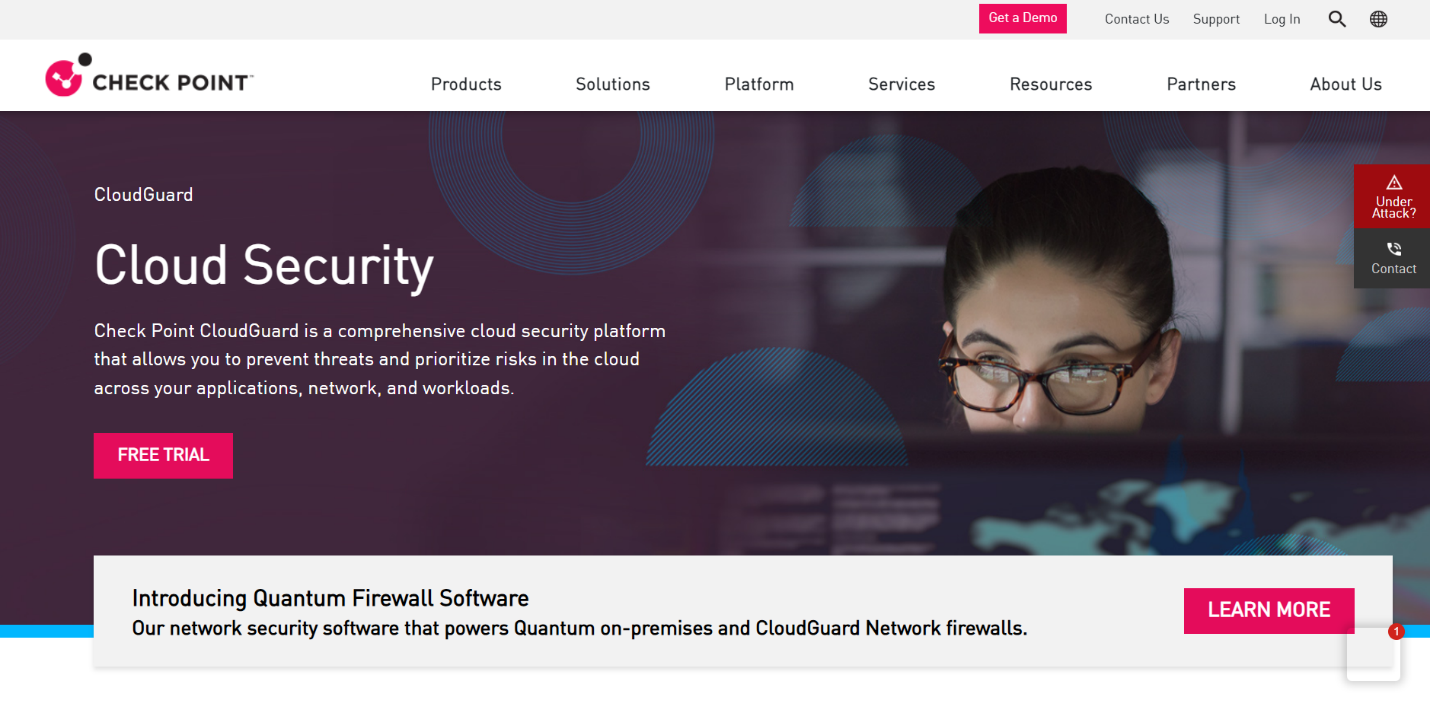
8. Trend Micro Cloud One - Workload Security
Overview: This tool provides segmentation, workload protection, and vulnerability scanning for cloud and hybrid environments.
Pros:
Cons:
User Ratings:
Screenshot:
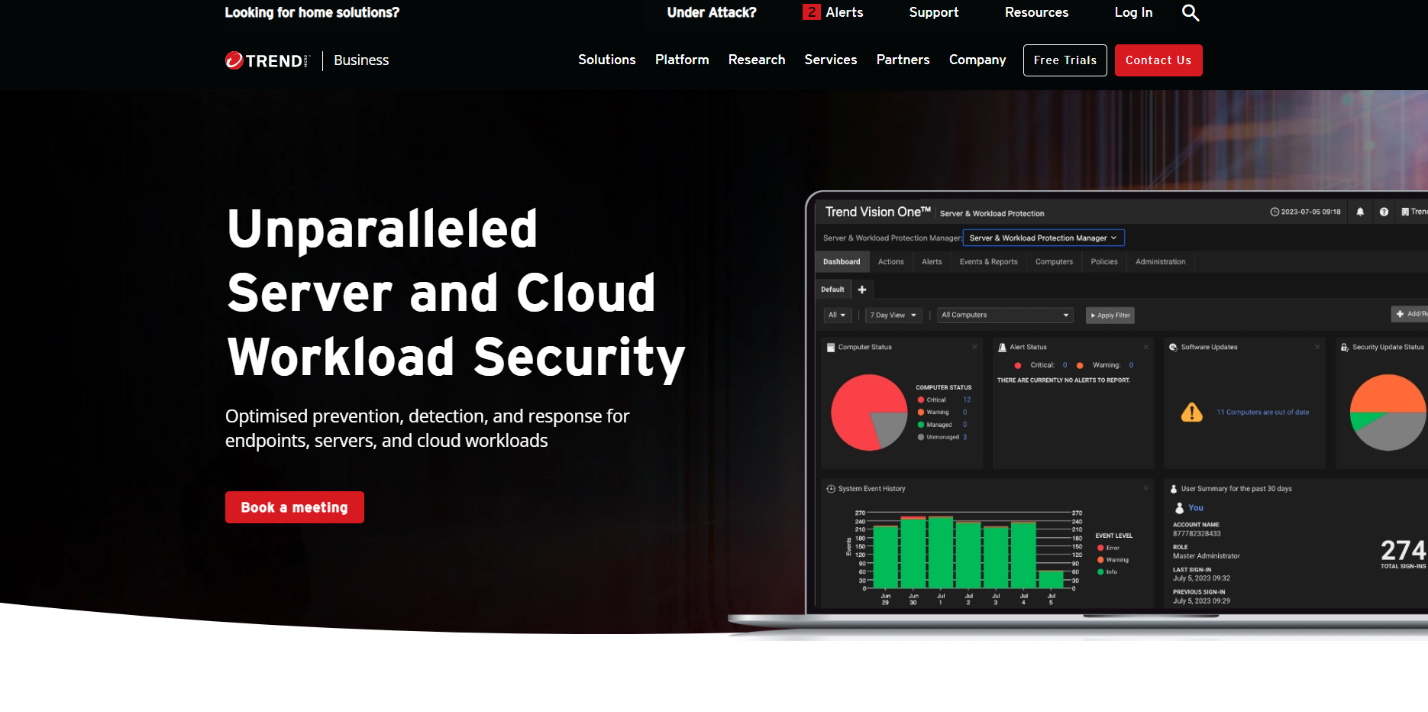
9. Fortinet FortiMicrosegmentation (formerly part of FortiGate/FortiOS Zero Trust segmentation suite)
Overview:
Fortinet FortiMicrosegmentation extends its Zero Trust Network Access (ZTNA) model into granular workload segmentation across cloud and on-prem environments. It leverages FortiGate and FortiManager to deliver identity-aware, policy-driven segmentation at scale.
Pros:
Cons:
User Ratings:
Screenshot:
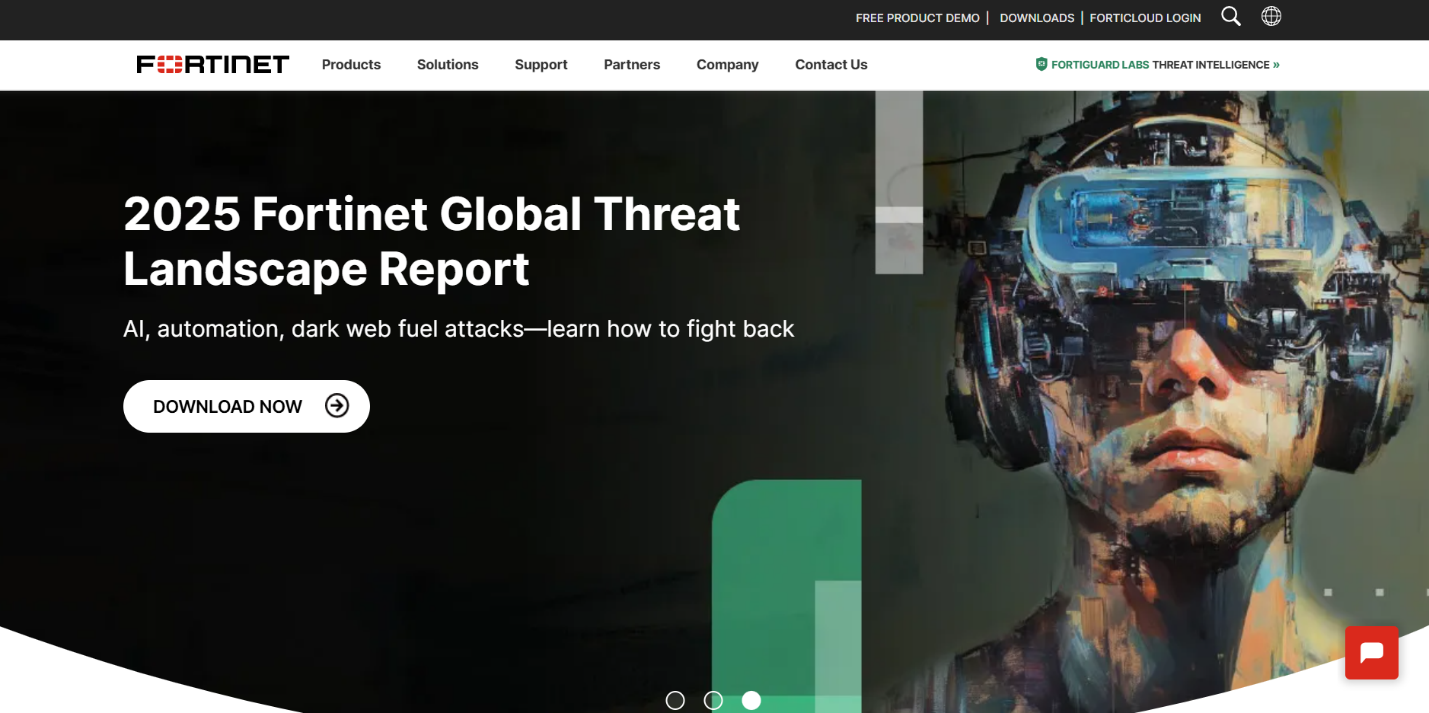
10. Tempered Airwall
Overview:
Tempered Airwall offers microsegmentation by creating encrypted, identity-based overlay networks that isolate workloads and devices across hybrid and distributed environments. It’s built on the Host Identity Protocol (HIP) and is designed for simplicity, resilience, and Zero Trust enforcement.
Pros:
Cons:
User Ratings:
Screenshot:

Q: What’s the difference between macrosegmentation and microsegmentation?
Macrosegmentation isolates larger network segments (e.g., VLANs), while microsegmentation works at the workload or user level for fine-grained control.
Q: Do microsegmentation tools impact app performance?
Most tools are lightweight and optimized, especially agentless ones. Performance impact is typically minimal if configured correctly.
Q: Can these tools work across multi-cloud environments?
Yes. Most leading tools support AWS, Azure, GCP, and hybrid environments.
Q: Are these tools aligned with Zero Trust principles?
Yes. Microsegmentation is a core component of Zero Trust, enforcing least privilege and east-west traffic controls.
Microsegmentation tools primarily focus on infrastructure-level traffic control, but SaaS applications, often outside firewalls, require a complementary layer of governance.
CloudNuro.ai extends Zero Trust principles to SaaS by offering:
CloudNuro.ai and your microsegmentation solution provide complete visibility from the network to the application layer.
As cyber threats grow in sophistication, microsegmentation is no longer optional, it’s essential. The top tools in this list provide comprehensive ways to reduce lateral movement, enforce Zero Trust security, and ensure compliance across hybrid environments.
However, securing your infrastructure is only part of the battle.
To complete your Zero Trust strategy, extend visibility and governance into the SaaS layer with CloudNuro.ai, the platform designed to optimize SaaS access, cost, and compliance.
👉 Book a Free Demo and see how CloudNuro.ai fits into your Zero Trust ecosystem.
Request a no cost, no obligation free assessment —just 15 minutes to savings!
Get StartedTraditional perimeter-based security models are no longer sufficient in today’s complex, hybrid IT landscape. With the rapid growth of cloud-native applications, containerized workloads, and remote workforces, attackers can easily move laterally once inside a network. That’s where microsegmentation comes in, a security strategy designed to isolate workloads, reduce the attack surface, and enforce Zero-Trust principles from the inside out.
Unlike traditional segmentation methods such as VLANs or firewalls operating at broader network levels, microsegmentation enables granular control over east-west traffic and data movement between servers, containers, or applications inside a network. Whether it’s a compromised credential or an unpatched server, microsegmentation helps contain the threat by enforcing least-privilege access policies and isolating sensitive assets.
The growing emphasis on Zero Trust Network Architecture (ZTNA), compliance with frameworks like NIST 800-207, HIPAA, and PCI-DSS, and the need for real-time policy enforcement drive enterprises to adopt microsegmentation as a core part of their security posture.
This guide compares the top 10 microsegmentation tools in 2025 that enable security leaders to:
Microsegmentation divides a network into granular, isolated zones to minimize the risk of lateral movement by cyber attackers. Unlike macrosegmentation, which segments at the VLAN or subnet level, microsegmentation enforces security policies at the workload, user, or process level.
Here’s how it differs from traditional methods:
Why It’s Crucial in Zero Trust?
Microsegmentation is foundational to Zero Trust Security. In a Zero-Trust model, no user or device is inherently trusted, even inside the network. Microsegmentation aligns with this philosophy by ensuring:
Real-World Use Cases
When evaluating microsegmentation platforms, look for the following must-have features:
Application Dependency Mapping
Understand communication patterns between services, VMs, and containers to design effective policies.
Policy Orchestration & Automation
Create and enforce segmentation policies using automation and behavioral intelligence.
Real-Time Policy Enforcement
Instantly apply and enforce security controls without requiring reboots or downtime.
East-West Traffic Visibility
Complete inspection and logging of lateral traffic flows between internal assets.
Container & Cloud-Native Support
Work seamlessly across Kubernetes, AWS, Azure, GCP, and hybrid environments.
RBAC & Identity Integration
Control access based on roles, identity providers (IdPs), and user context.
SIEM, IAM & Firewall Integration
Ensure policies can be coordinated with your broader SOC and IAM infrastructure.
1. Illumio Core
Overview: Illumio pioneered microsegmentation and offers visibility and enforcement without agents in the network fabric.
Pros:
Cons:
User Ratings:
Screenshot:

2. Cisco Secure Workload (Tetration)
Overview: Cisco’s Secure Workload provides workload protection and segmentation using telemetry from data centers and cloud platforms.
Pros:
Cons:
User Ratings:
Screenshot:

3. VMware NSX
Overview: VMware NSX delivers segmentation at the hypervisor level and integrates well with vSphere environments.
Pros:
Cons:
User Ratings:
Screenshot:

4. Akamai Guardicore Segmentation
Overview: Formerly Guardicore, this solution (now part of Akamai) provides flexible segmentation across diverse environments.
Pros:
Cons:
User Ratings:
Screenshot:

5. ColorTokens Xtended ZeroTrust™
Overview: ColorTokens offers agentless microsegmentation with compliance-grade reporting and behavioral analytics.
Pros:
Cons:
User Ratings:
Screenshot:

6. Palo Alto Networks Prisma Cloud
Overview: Prisma Cloud brings microsegmentation capabilities into its CNAPP offering with cloud-native coverage.
Pros:
Cons:
User Ratings:
Screenshot:

7. Check Point CloudGuard
Overview: CloudGuard enables network-level segmentation and advanced threat prevention across cloud workloads.
Pros:
Cons:
User Ratings:
Screenshot:

8. Trend Micro Cloud One - Workload Security
Overview: This tool provides segmentation, workload protection, and vulnerability scanning for cloud and hybrid environments.
Pros:
Cons:
User Ratings:
Screenshot:

9. Fortinet FortiMicrosegmentation (formerly part of FortiGate/FortiOS Zero Trust segmentation suite)
Overview:
Fortinet FortiMicrosegmentation extends its Zero Trust Network Access (ZTNA) model into granular workload segmentation across cloud and on-prem environments. It leverages FortiGate and FortiManager to deliver identity-aware, policy-driven segmentation at scale.
Pros:
Cons:
User Ratings:
Screenshot:

10. Tempered Airwall
Overview:
Tempered Airwall offers microsegmentation by creating encrypted, identity-based overlay networks that isolate workloads and devices across hybrid and distributed environments. It’s built on the Host Identity Protocol (HIP) and is designed for simplicity, resilience, and Zero Trust enforcement.
Pros:
Cons:
User Ratings:
Screenshot:

Q: What’s the difference between macrosegmentation and microsegmentation?
Macrosegmentation isolates larger network segments (e.g., VLANs), while microsegmentation works at the workload or user level for fine-grained control.
Q: Do microsegmentation tools impact app performance?
Most tools are lightweight and optimized, especially agentless ones. Performance impact is typically minimal if configured correctly.
Q: Can these tools work across multi-cloud environments?
Yes. Most leading tools support AWS, Azure, GCP, and hybrid environments.
Q: Are these tools aligned with Zero Trust principles?
Yes. Microsegmentation is a core component of Zero Trust, enforcing least privilege and east-west traffic controls.
Microsegmentation tools primarily focus on infrastructure-level traffic control, but SaaS applications, often outside firewalls, require a complementary layer of governance.
CloudNuro.ai extends Zero Trust principles to SaaS by offering:
CloudNuro.ai and your microsegmentation solution provide complete visibility from the network to the application layer.
As cyber threats grow in sophistication, microsegmentation is no longer optional, it’s essential. The top tools in this list provide comprehensive ways to reduce lateral movement, enforce Zero Trust security, and ensure compliance across hybrid environments.
However, securing your infrastructure is only part of the battle.
To complete your Zero Trust strategy, extend visibility and governance into the SaaS layer with CloudNuro.ai, the platform designed to optimize SaaS access, cost, and compliance.
👉 Book a Free Demo and see how CloudNuro.ai fits into your Zero Trust ecosystem.
Request a no cost, no obligation free assessment - just 15 minutes to savings!
Get StartedWe're offering complimentary ServiceNow license assessments to only 25 enterprises this quarter who want to unlock immediate savings without disrupting operations.
Get Free AssessmentGet Started

Recognized Leader in SaaS Management Platforms by Info-Tech SoftwareReviews
